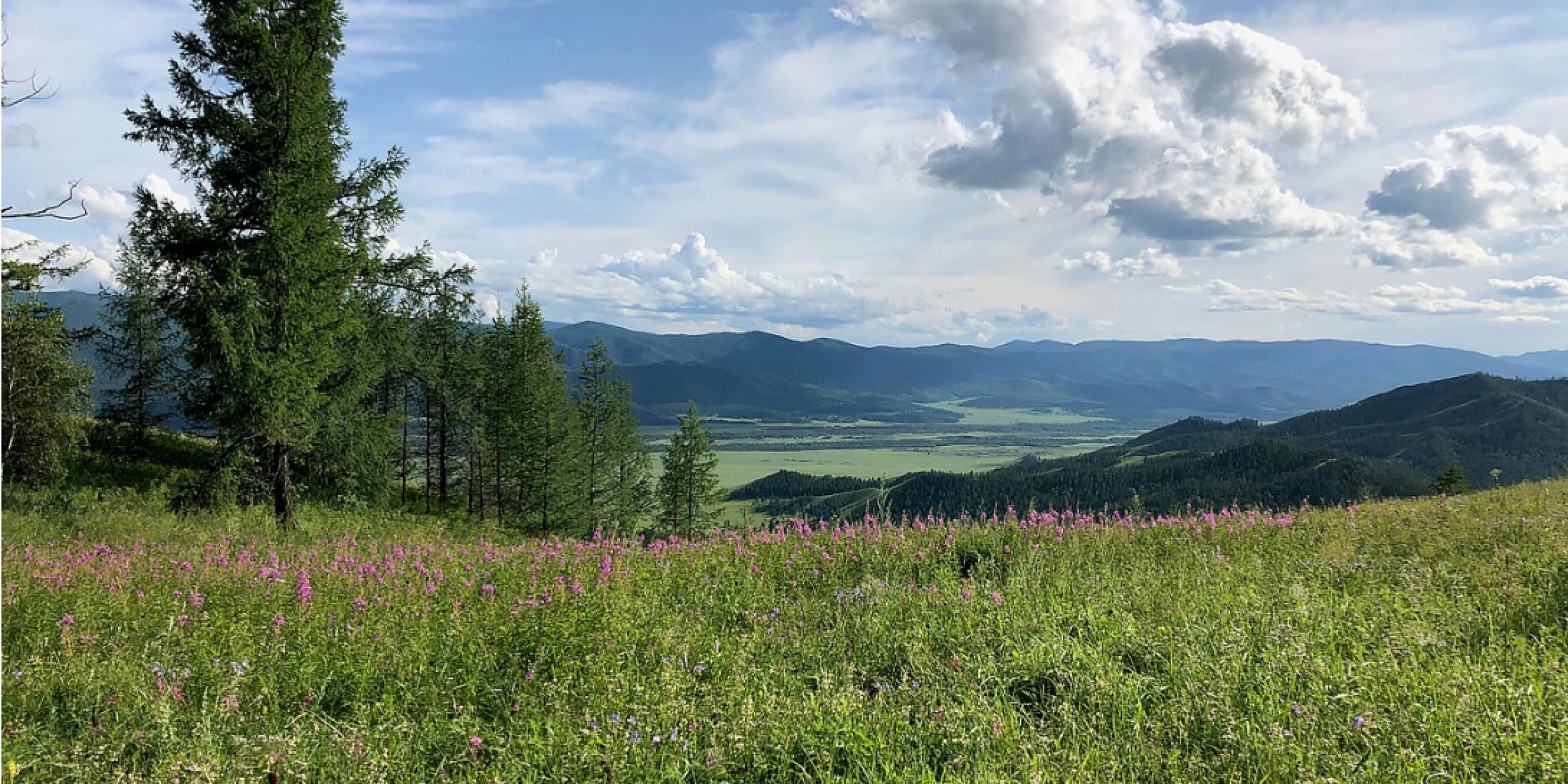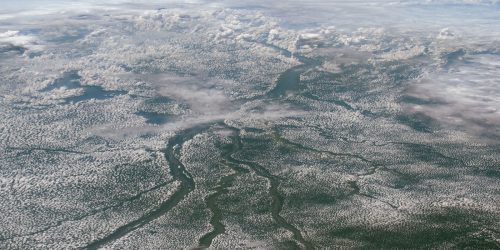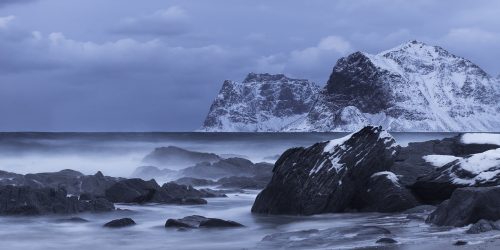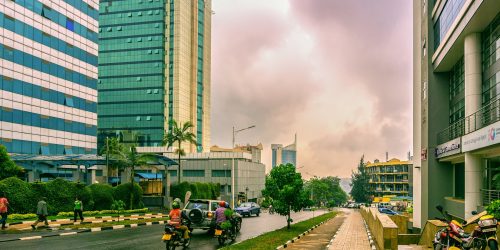Mukund Palat Rao is a researcher studying the interactions between climate change and natural and human ecosystems. As a member of the 31st class of NOAA Climate & Global Change (C&GC) Postdoctoral Fellows, Mukund worked to understand the future of forests under climate change at Columbia University. His research during the fellowship on northern Mongolian forests reaching a “tipping point” with warming was recently published in a new Communications Earth & Environment article. Earth System Models have not yet adequately captured the relationship between plants and temperature, but this study highlights the critical importance of getting this detail right. Mukund’s study illuminates the fragility of forest ecosystems and places the responsibility on decision makers to make critical changes to carbon dioxide emissions and land use across the globe.
Boreal forests, which stretch across much of Canada, Alaska, and Russia, store about one-third of carbon stocks on land. At a certain high temperature, plant leaves become damaged in such a way that prevents photosynthesis. This can happen after only a few minutes of exposure to this critical warm temperature, and then these plants are no longer able to take up carbon dioxide. Mukund and an international group of scientists focused this study on the conditions and timescale that may drive the forest ecosystems in North Mongolia to collapse. The research team traveled to Mongolia to take measurements of five common tree species to examine their tolerance to temperature, and then compared their findings to the latest Earth System Models. The analysis revealed that when factoring in plant tolerance to temperature, large-scale forest dieback could happen sooner and at a faster rate than previously predicted, and will be followed by a transition to a grassland ecosystem. Losing these important forests would send more carbon into the atmosphere and exacerbate the effects of climate change, so it is imperative that our climate projections are accurate so that we can map out effective mitigation strategies. Mukund emphasizes that the boreal forest’s fate is in our hands, through meaningful action to curb emissions. This research, partially supported by the C&GC Fellowship program, provides global significance for the future of forest ecosystems, the carbon cycle, and the societal impact. Over the past 30 years, the program has hosted more than 230 C&GC Fellows and aims to help create and train the next generation of leading researchers needed for climate studies, to serve the Nation and support NOAA’s mission.
Read Mukund’s blog post on this research »
Photo of North Mongolia courtesy of Mukund Palat Rao










